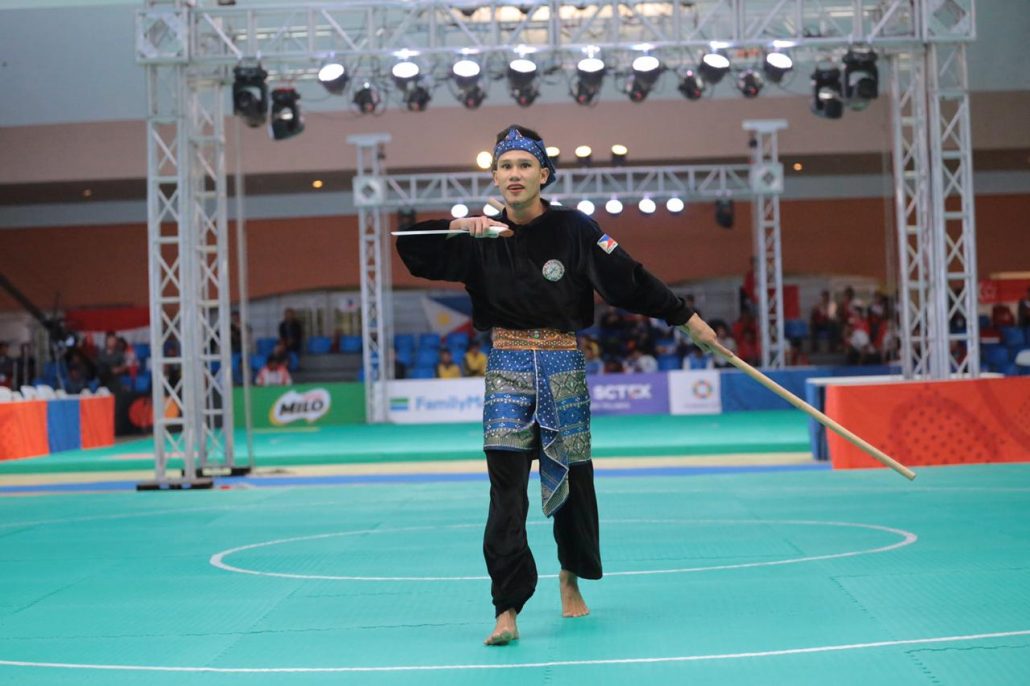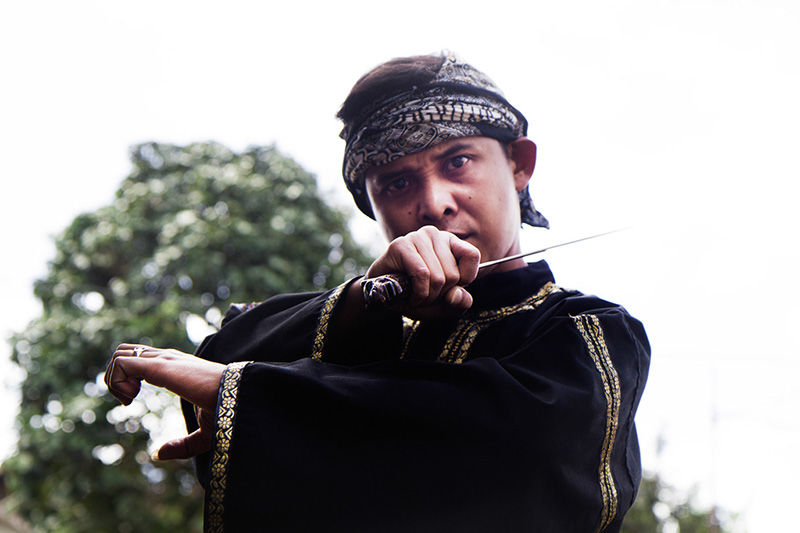

Kipas: Traditional folding fan preferably made of hardwood or iron.

Tongkat/Toya: Walking-stick carried by the elderly and travelers.

Traditionally women cover their head with cloth which can be transformed into cindai.



Kipas: Traditional folding fan preferably made of hardwood or iron.

Tongkat/Toya: Walking-stick carried by the elderly and travelers.

Traditionally women cover their head with cloth which can be transformed into cindai.
